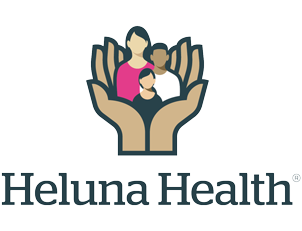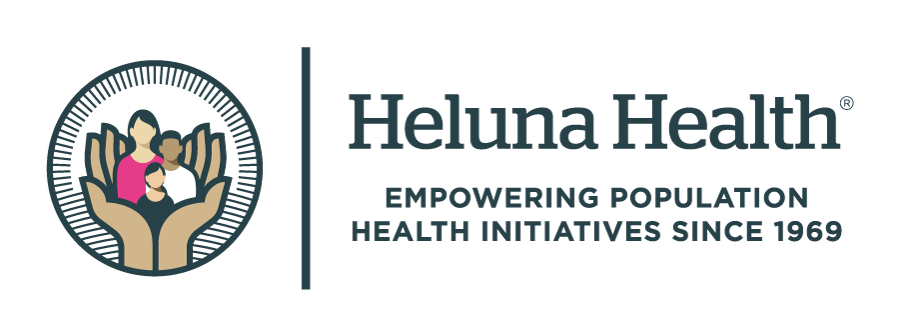During the past two decades, the prevalence of obesity in children has risen greatly considered a public health crisis in the U.S. And yet, more children than ever before are struggling with weight management. Nearly 42 percent of teens between 16 and 19 are overweight or obese, and the repercussions are determining their future right now.
A new research study by our PHFE WIC Program Director of Research and Evaluation, Shannon Whaley, in collaboration with UCLA Fielding School of Public Health, found that raising nutrition standards for the federal WIC assistance program for new mothers and their children helped reduce obesity risks for children who’d been served by the program since birth. ECOSyS is among the first studies to evaluate community-based public health interventions employing methodology from the field of systems science, which uses computer modeling to assess the impact of interventions in a way that considers the complex interactions that occur rather than analyzing individual strategies without consideration of the myriad factors that influence the effectiveness of an intervention.
“Looking at our data it became very clear that we have families in census tracts right next to each other with very different obesity rates—one community where the trajectory was going up right next to another where it was going down, for reasons that weren’t clear,” says Dr. Shannon Whaley, Director of Research and Evaluation at Public Health Foundation Enterprises WIC (PHFE WIC). “Up to now, no study that I’m aware of has looked at the interplay between community-level environmental issues and early childhood obesity rates.”
Read more on <<Childhood Obesity: Solutions that Fit the Problem>>





